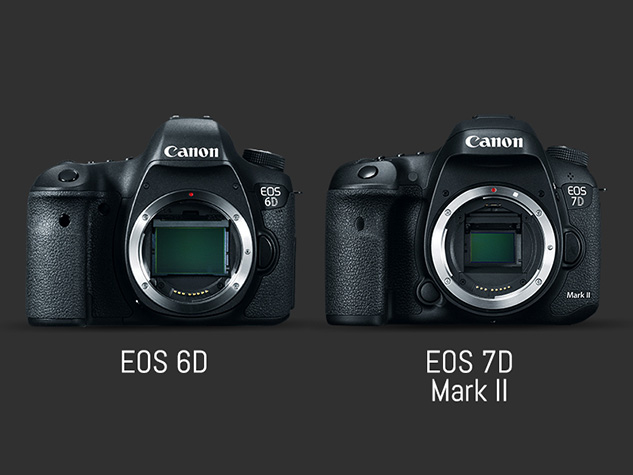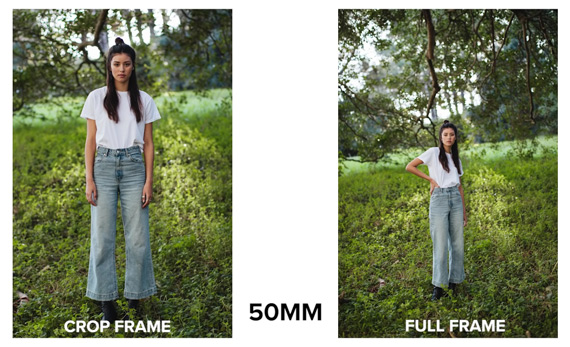全画幅和APSC传感器之间的区别是什么?

Table of contents
不是所有的摄影师都喜欢学习相机的术语或技术问题,但一些概念的知识是基本的。 例如,在这篇文章中,我们将以客观和快速的方式解释 全幅和APS-C传感器之间的区别是什么? .
See_also: 2023年最适合拍照的三星手机是什么?传感器是一个感光芯片,用于捕捉来自镜头的光线并生成数字图像。 目前,相机中的两种主要传感器尺寸是APS-C和全画幅。 全画幅传感器的尺寸为36 x 24毫米(相当于35毫米),而佳能相机的APS-C传感器为22 x 15毫米(小于35毫米),尼康相机为23.6 x 15.6毫米。 见下文的区别视觉上,佳能EOS 6D相机的全画幅传感器和佳能EOS 7D Mark II的APS-C传感器的尺寸,以及它如何影响你的照片的最终结果:

 佳能EOS 6D相机使用全帧传感器,而佳能EOS 7D Mark II使用APS-C传感器。
佳能EOS 6D相机使用全帧传感器,而佳能EOS 7D Mark II使用APS-C传感器。 这种传感器尺寸的差异改变了图像的捕捉。 那么,哪种类型的传感器最好呢? 答案是:这在很大程度上取决于你所从事的摄影类型。 请看下面的每一种的优点:
全画幅传感器的优势
- 全画幅传感器允许你通过更高的ISO来捕捉更多的光线。 这种灵敏度的提高在弱光环境下有很大的帮助,比如夜拍。
- 全画幅传感器生成的图像尺寸也会更大。 全画幅传感器的尺寸可以捕捉到更多的百万像素,并能将照片放大。
- 全画幅传感器没有裁剪因子,也就是说,图像的登记方式与生成镜头的方式相同。 请看下面一个例子:
 照片:佳能学院
照片:佳能学院 APS-C传感器的优势
由于APS-C传感器比全画幅传感器小,它自动也导致了视角的减少。 这种传感器,被称为 裁剪过的 1.6倍的裁剪系数使得一个50毫米的镜头,例如,相当于一个80毫米的镜头(50 x 1.6 = 80)。
在这一点上,你可能已经想象到全画幅传感器总是最好的选择。 但这并不完全正确。 例如,如果你要从事长距离照片的拍摄,如拍摄自然界的动物、体育、风景等,APS-C传感器造成的裁剪因素将自动增加你的长焦镜头的效率。 见下面的例子:
 照片:Julia Trotti
照片:Julia Trotti 小小的澄清: 全画幅和APS-C这两个术语都用于佳能和尼康的相机传感器。
See_also: 用长曝光拍摄照片的8个技巧其中 镜头是兼容的 每种类型的传感器?
一旦你理解了全画幅和APS-C传感器之间的区别,现在的问题是:我可以使用任何摄影镜头而不考虑传感器的类型吗? 答案是否定的。
ǞǞǞ EF镜头 它们还与APS-C相机兼容,APS-C相机只利用这些镜头的中央投影区域,造成裁剪因素。
至于说到 EF-S镜头 投射的图像较小,仅能填满APS-C传感器,使其与全幅相机不兼容。
来源:佳能学院

